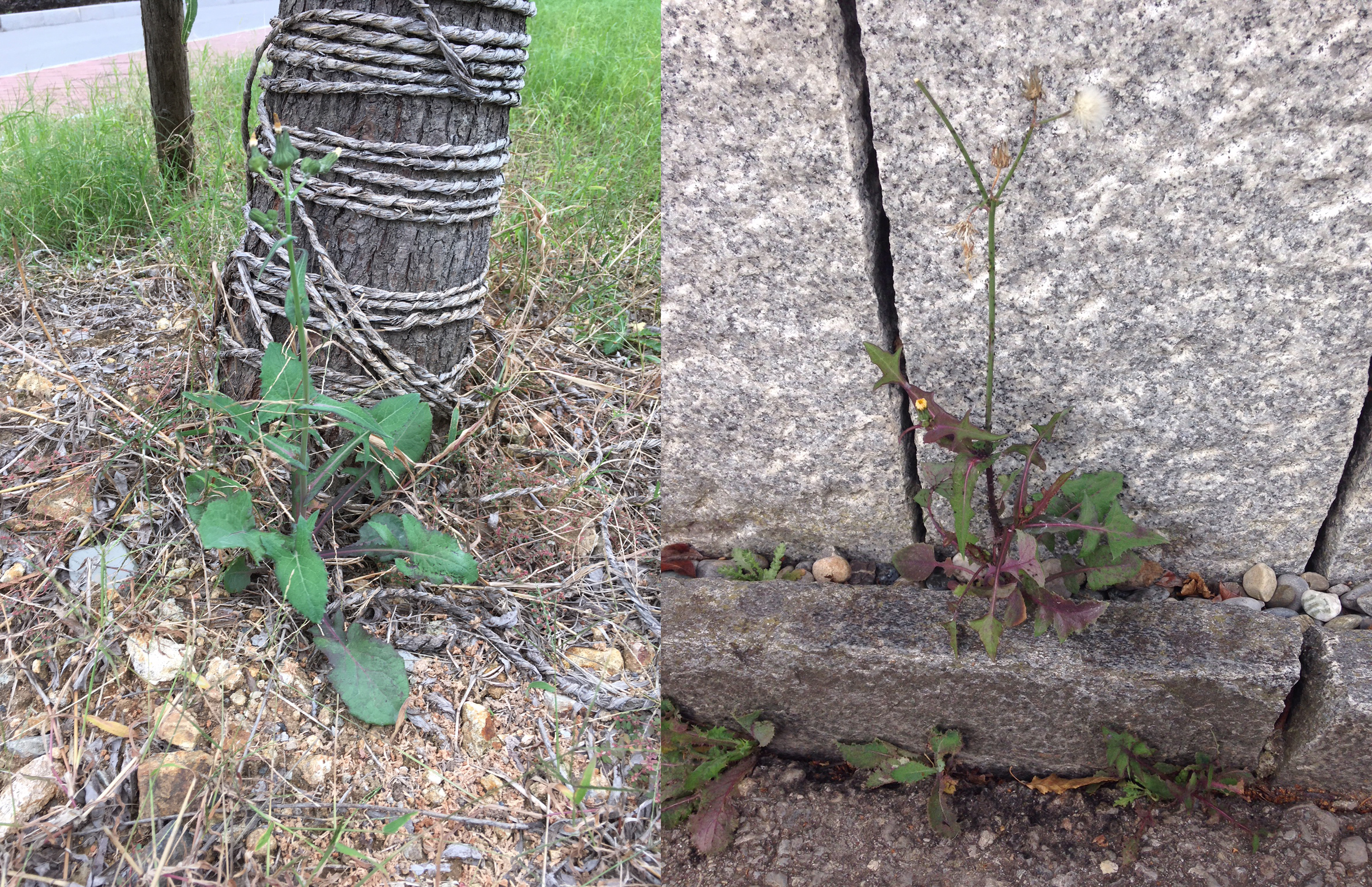
A head start through human intervention
International research team with participation from Konstanz publishes study on the spread of European plant species on other continents
Documentation of all plant species brought from Europe to other continents
- Plant species from habitats heavily changed by humans very successful on other continents
- Head start for plants from habitats changed by humans
More and more plant species are introduced to new areas through humans. Often, however, it is not clear which factors decide whether plants can permanently settle in their new environment. An international research team including Mark van Kleunen, ecology professor at the University of Konstanz, shows for the first time how ties to different habitats control the human-induced spread of European plant species on other continents. The research results have been published in the current issue of the renowned scientific journal "Proceedings of the National Academy of Sciences."
Several studies have clearly shown that the spread of animal and plant species through global trade has increased massively over the past few decades. Worldwide, over 13,000 plant species have been carried by humans to other regions, with more than 2,500 species being from Europe. By comparison: Only around 12,000 plant species are native to all of Europe, to Germany a bit more than 3,000 species.
"Our international team was the first to comprehensively investigate the role that the plants' ties to their native region play in their naturalization in other areas of the world. Our hypothesis was that this factor is decisive for the naturalization of plant species", explains Mark van Kleunen. The international research team documented the occurrences in different habitats for approximately 10,000 plant species originating from Europe - from which more than 2,500 have naturalized on other continents. Subsequently the researchers studied whether plant species from certain habitats have spread particularly strongly on other continents.
The result of the study was clear: Species from European habitats that have been highly changed by humans, such as fields and fallow land, were extremely successful in the conquest of other continents. So far, more than 40 percent of the plant species growing in these habitats in Europe have been established on other continents.
"Through colonization the Europeans have 'exported' many plants to other parts of the world". This often happened unintentionally - for example through earth from ships or contaminated seed," explains Mark van Kleunen. He adds: "Plants native to European habitats changed by humans had a head start: They have been spread more often, and the living conditions in their new homes were ideal. The study shows that biological globalization particularly favours certain plant species - namely those that have managed to naturalize in human-made habitats.
Original publication:
Kalusova, V., Chytry, M., van Kleunen, M., Mucina, L., Dawson, W., Essl, F., Kreft, H., Pergl, J., Weigelt, P., Winter, M., Pyšek, P.: Naturalization of European plants on other continents: the role of donor habitats. Proceedings of the National Academy of Sciences. 4 December 2017.
http://www.pnas.org/content/early/2017/12/01/1705487114.abstract
Facts:·
- International research team with participation of Mark van Kleunen, ecology professor at the University of Konstanz
- Investigation of 9875 plant species and their global spread
- Mark van Kleunen's scientific work on the project was funded by the German Research Foundation (DFG) in the context of the "The Global Naturalized Alien Flora (GloNAF) database: understanding patterns and drivers of global plant invasions".
